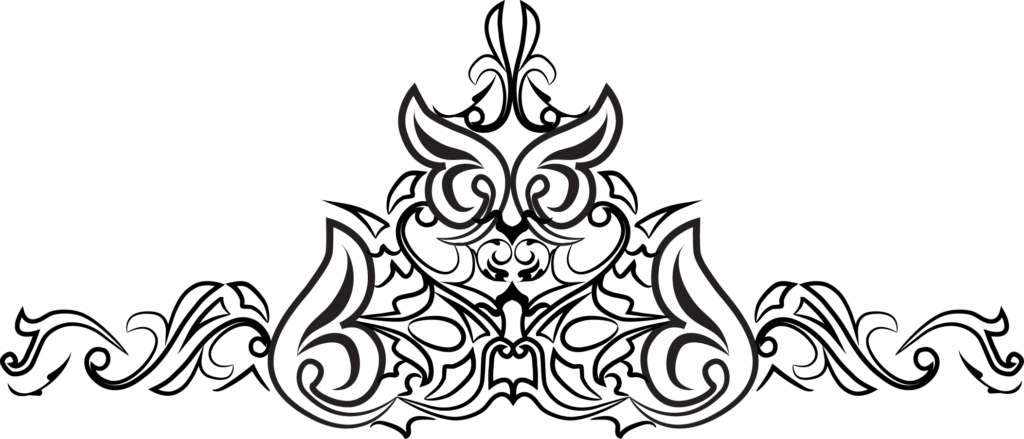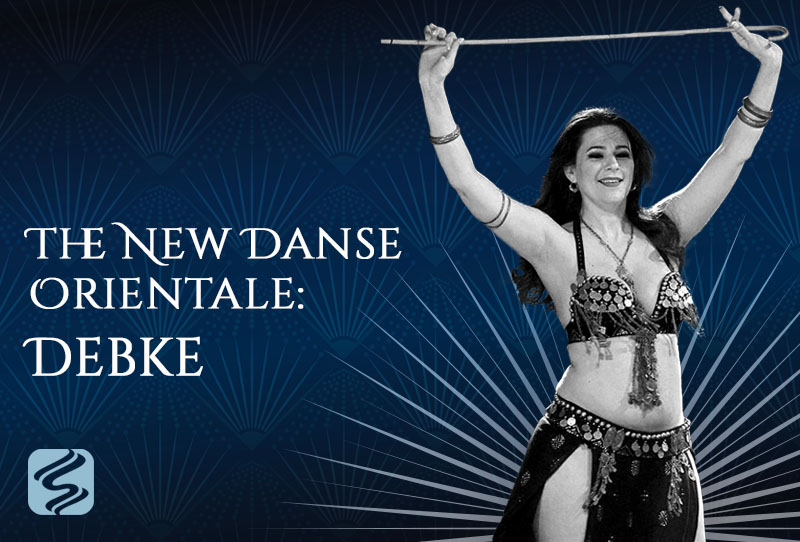Debke Family Introduction
Suhaila grew up attending parties where regular people celebrated with Arabic Family styled steps and debke lines. In 1981, at the age of 14, Suhaila saw her first professional debke troupe at a Fayrouz concert held in the newly opened Louise M. Davies Symphony Hall in San Francisco.
Lebanese singers and musicians had been touring the U.S., but it was after 1981 that their tours became more frequent and their popularity soared. By the time Suhaila began dancing at Byblos in 1985, it was pretty much mandatory that belly dancers performing in the clubs know enough debke steps to dance with the crowd.
Suhaila performed in Lebanon with debke in the show every night. She worked and trained with the prestigious Caracalla Dance Company where she met one of their featured soloists, Sami Khoury. Sami helped Suhaila develop the structure and flow of shows for the Lebanese audience.
Folk Line Dance
The debke is a folk line dance performed in Lebanon, Syria, Jordan, Iraq, and Palestine. Each village or group has their own variations of the basic step and rhythm. The line is traditionally led by a group of well-respected men from the community who typically embellish the basic steps in a collaborative display of strength and stamina. Professional troupes incorporate a wider variety of steps, stylizations, and sometimes acrobatics.
Prior to her official retirement from teaching in 1985, Jamila requested that Suhaila include basic debke steps in the Vocabulary, and these steps are now officially added. These examples are based on traditional, Lebanese “folk” debke. Changing the arm positions and energy placement changes from the region from that version of the debke derives.
The debke step is traditionally done in a line traveling to the right while holding the hands of dancers to your left and right. The goal is to understand and connect with the underlying vibe and sentiment of the movements and the other dancers in the line.
Defaults
For the purpose of learning in a classroom environment, we use the following defaults (unless otherwise noted in step descriptions):
- The feet are flat and turned out in a relaxed, open 5th position.
- You travel to the right.
- The arms are down, whether holding hands with dancers on either side of you or loose at your sides.
- When holding hands, keep your four fingers connected.
- When holding hands as you move to the right, hold the hand to your right upper handed (with your hand on top) and hold the hand to your left under hand (with your hand underneath).
- This family of steps is counted in 6 to match the traditional 6/8 debke rhythms.

Basic Debke 1
Definition
Step flat halftime downbeat left with a demi-plié [1]. Syncopated subtle body bounce with emphasis on demi [1, 2&]. Shoulders angle slightly halftime downbeat right.
Notes
- The upper body and shoulder bridge have a natural response to the movement.
Basic Debke 2
Definition
Walk flat forward-and-back-and quartertime downbeat left [1-4] with subtle body bounce alternating Home and demi fulltime downbeat demi; Basic Debke 1 [5-6&].
Notes
- The upper body has a delayed lean that organically moves with the forward and back footwork.
Basic Debke 3
Definition
Chassé halftime downbeat left [1-3]; swing the right leg in a low rond de jambe en dedans [4]; cross the right foot in front of the left foot and step flat [5]; swing the left leg in a low rond de jambe en dedans [6]; cross the left foot in front of the right foot and step flat to begin phrase again with chassé halftime downbeat left [1-3].
Notes
- The upper body slightly angles in opposition to the weighted leg.
- The rond de jambe has a relaxed and loose quality and is held just a few inches off the floor.
Basic Debke 4
Basic Debke 1 [1-2&,3-4&]. With the left foot flexed, brush forward through the floor with the left foot [5]; bend your left knee slightly [(5)&]; stomp the left foot [6]. Subtle body bounce alternating Home and demi fulltime downbeat demi. [5-6].
Notes
- The move is about the whole body, not just the leg.
Basic Debke 5
Definition
Beginning with the left foot flat, hop on the left foot in home [a(1)]; staying on the left foot flat (without a weight change to the right), dig the right heel forward [1]; step the right foot on ball [(1)&]; cross the left foot over right, shifting weight to the left foot and stepping flat [2]. Slight, very subtle, shoulder drop doubletime downbeat down.
Notes
- The cadence for the footwork is hop-dig-step-cross [a1&2]. The bounce on the flat foot [a] has the effect of a hold, but is also the preparation for the right heel dig.
- Think “hop-dig-step-step”.
- The shoulder has a natural, relaxed reverb effect in response to the movement.
The content from this post is excerpted from The New Danse Orientale: Salimpour Belly Dance Instruction, published by Suhaila International in 2013 with updates and additional content added in 2023. The New Danse Orientale is a study guide and resource for belly dancers when learning Salimpour Vocabulary steps and step families.
If you would like to make a citation for this article, we suggest the following format: Salimpour, J. & Salimpour, S. (2023). Debke Family. Retrieved –insert retrieval date–, from https://suhaila.com/debke-family



